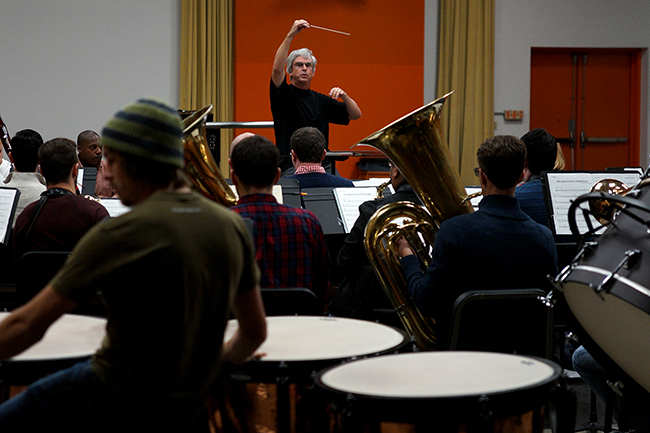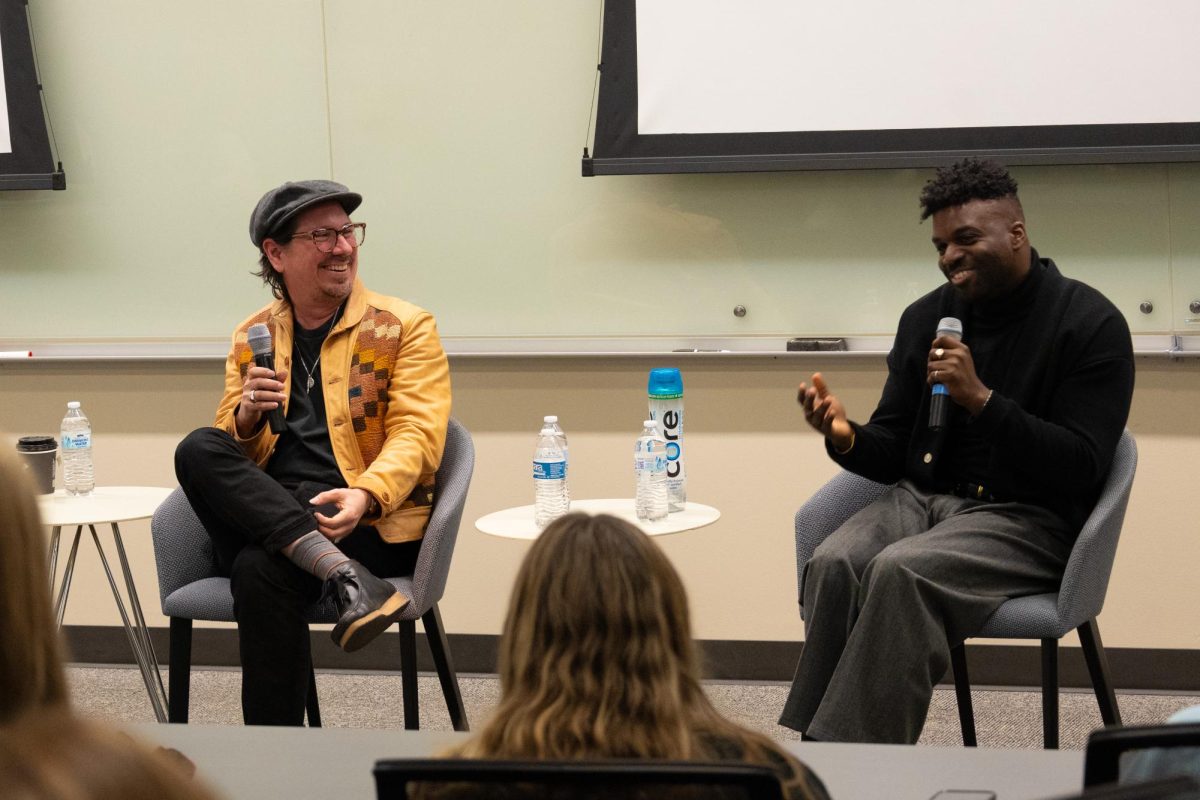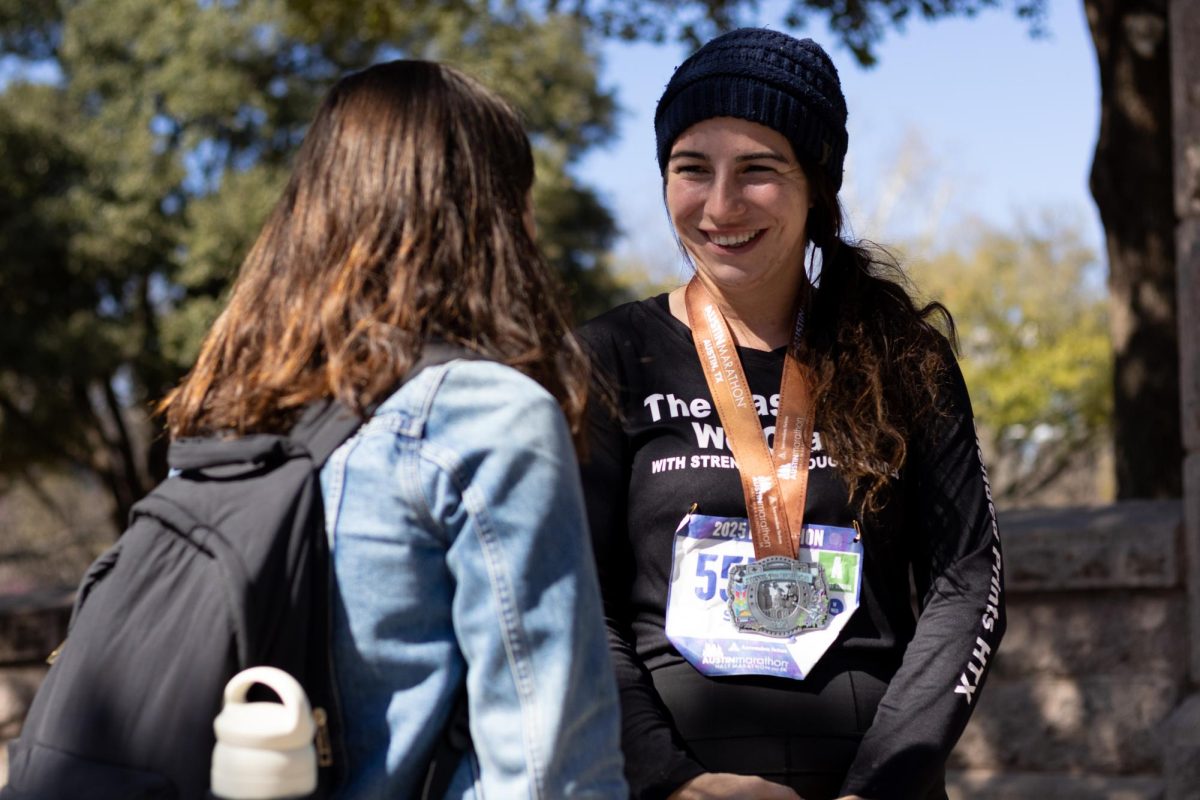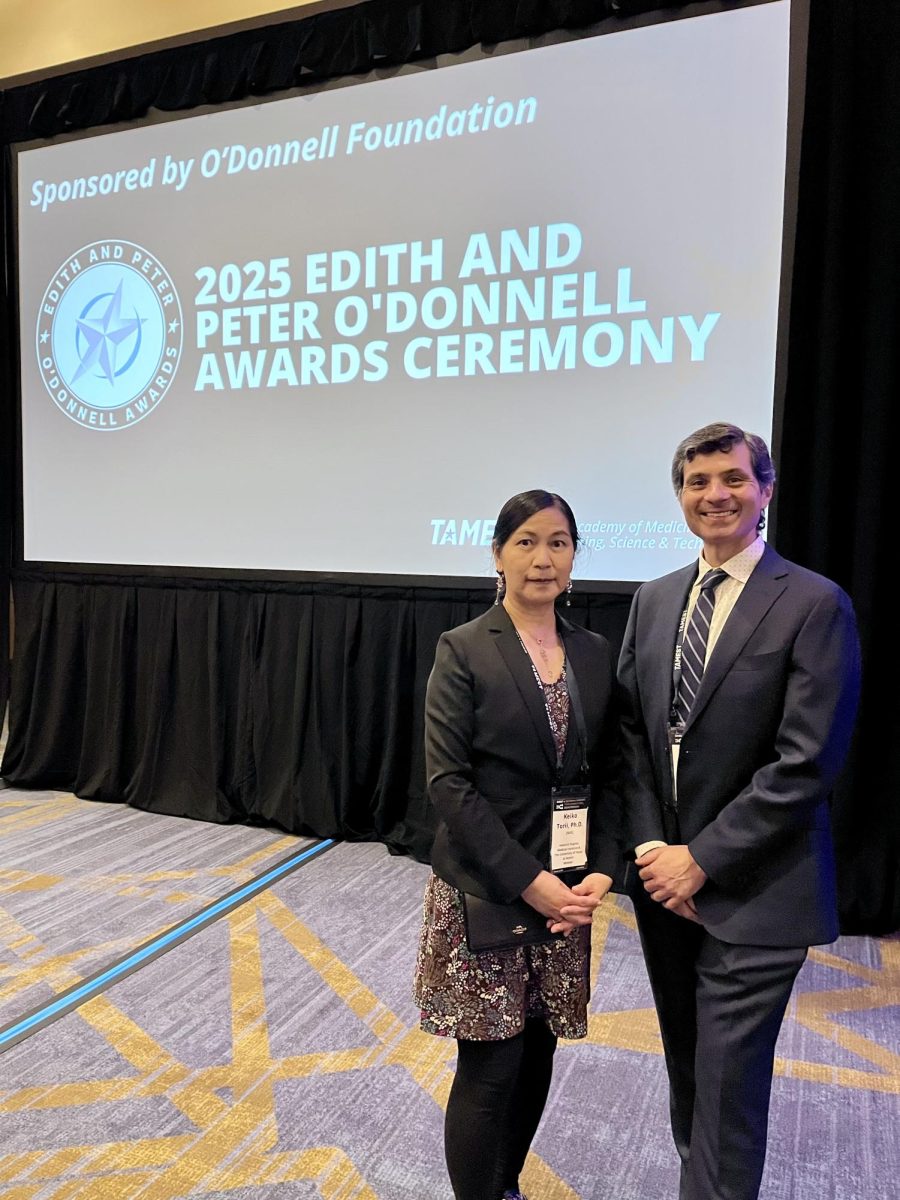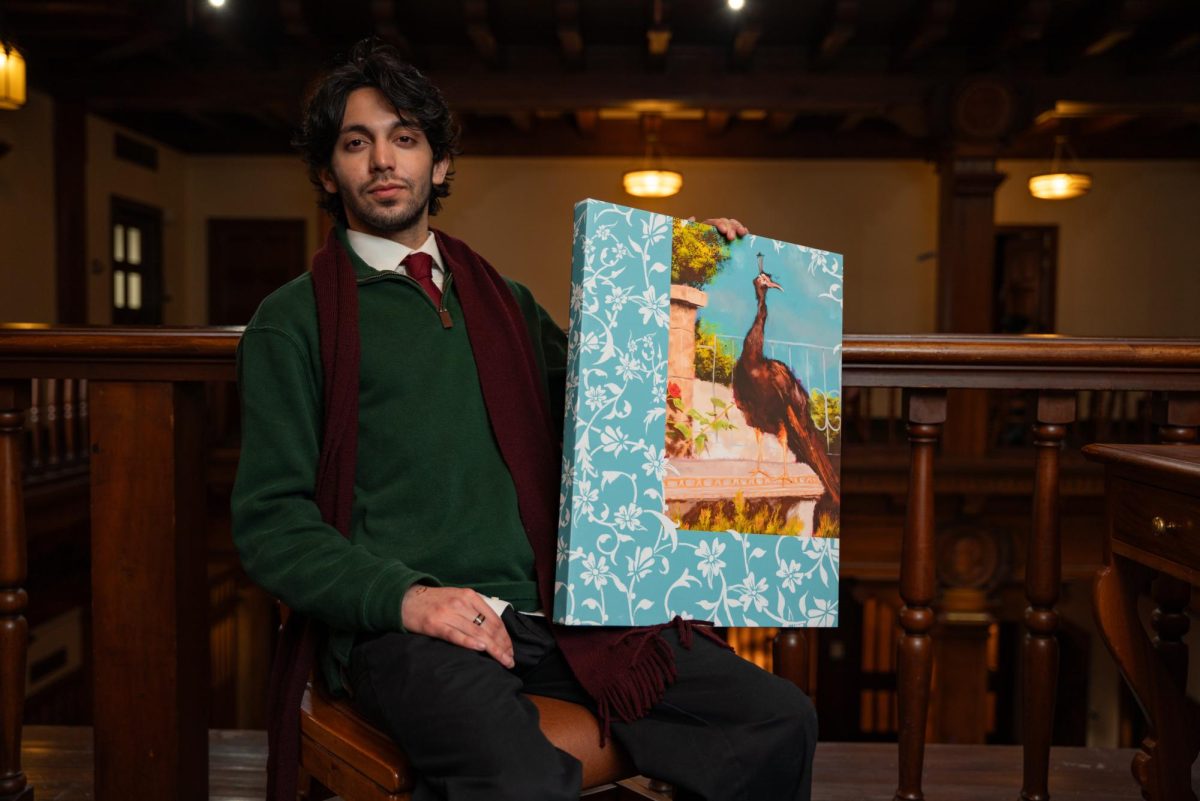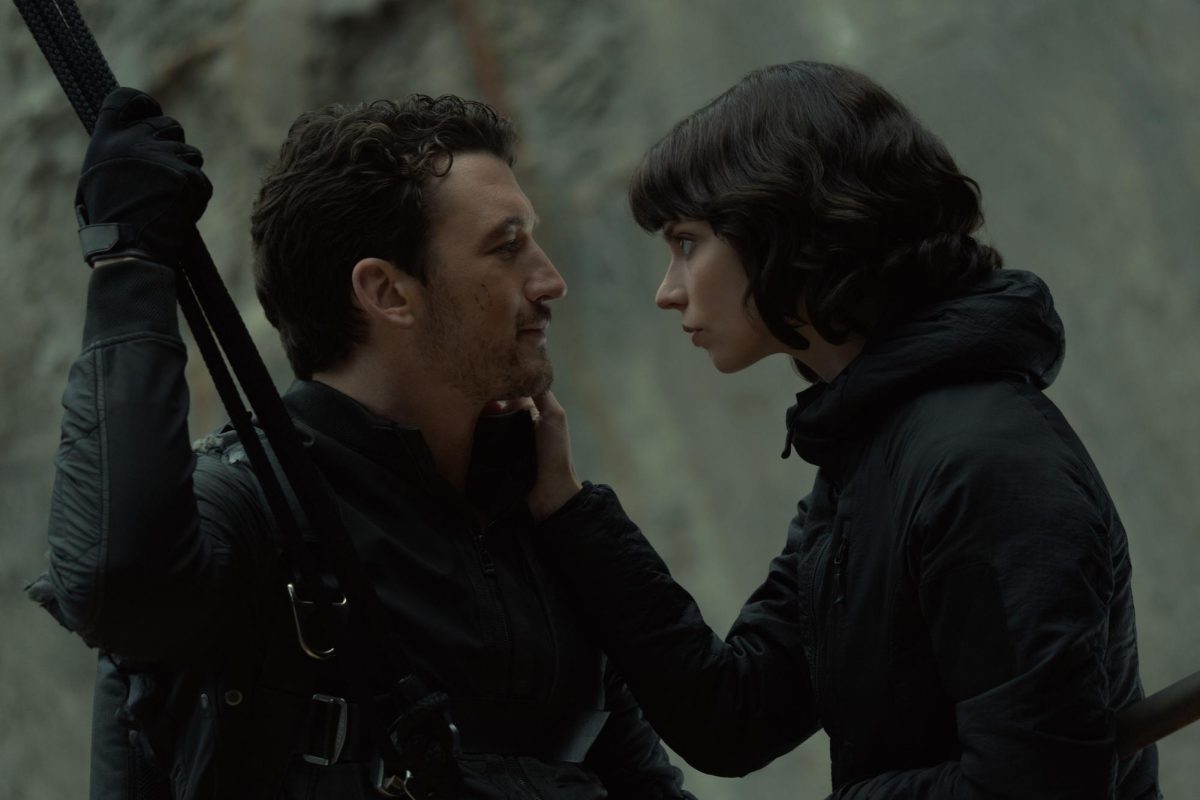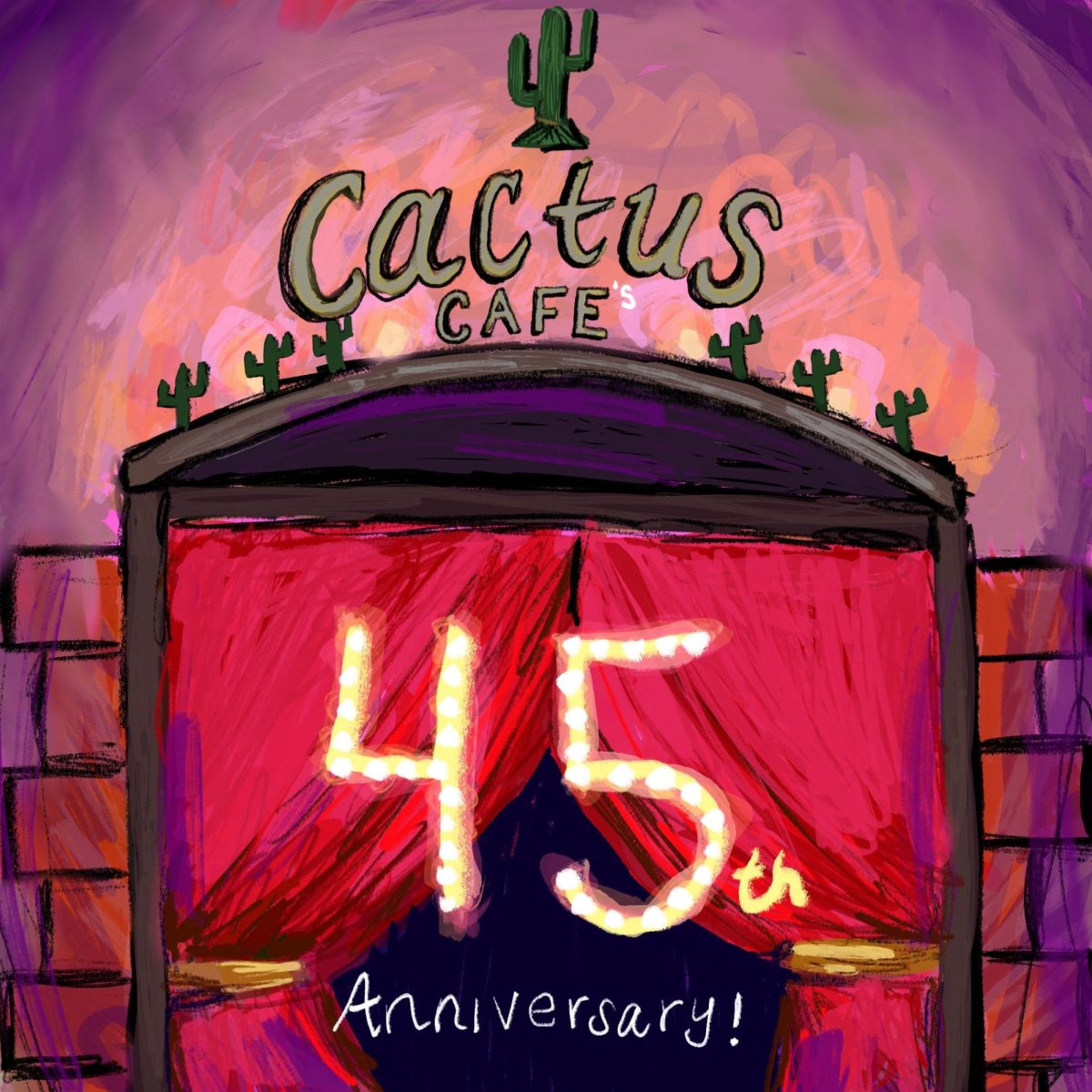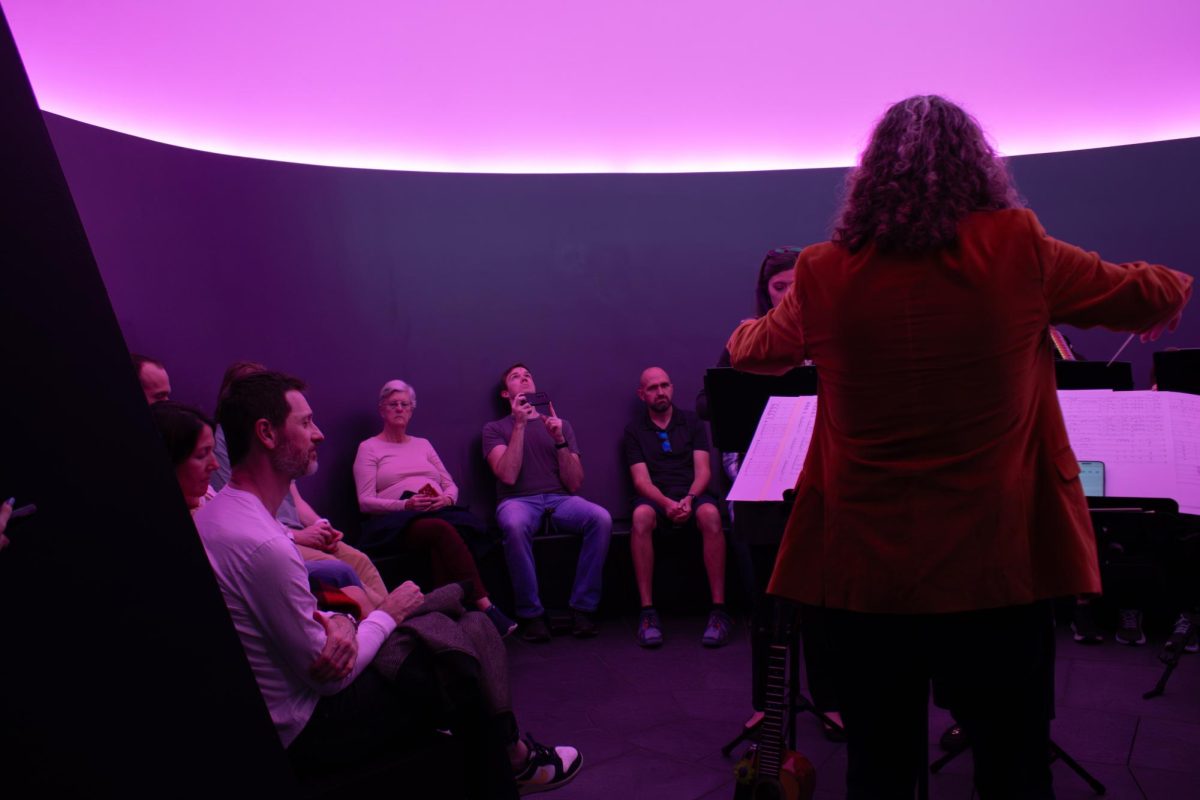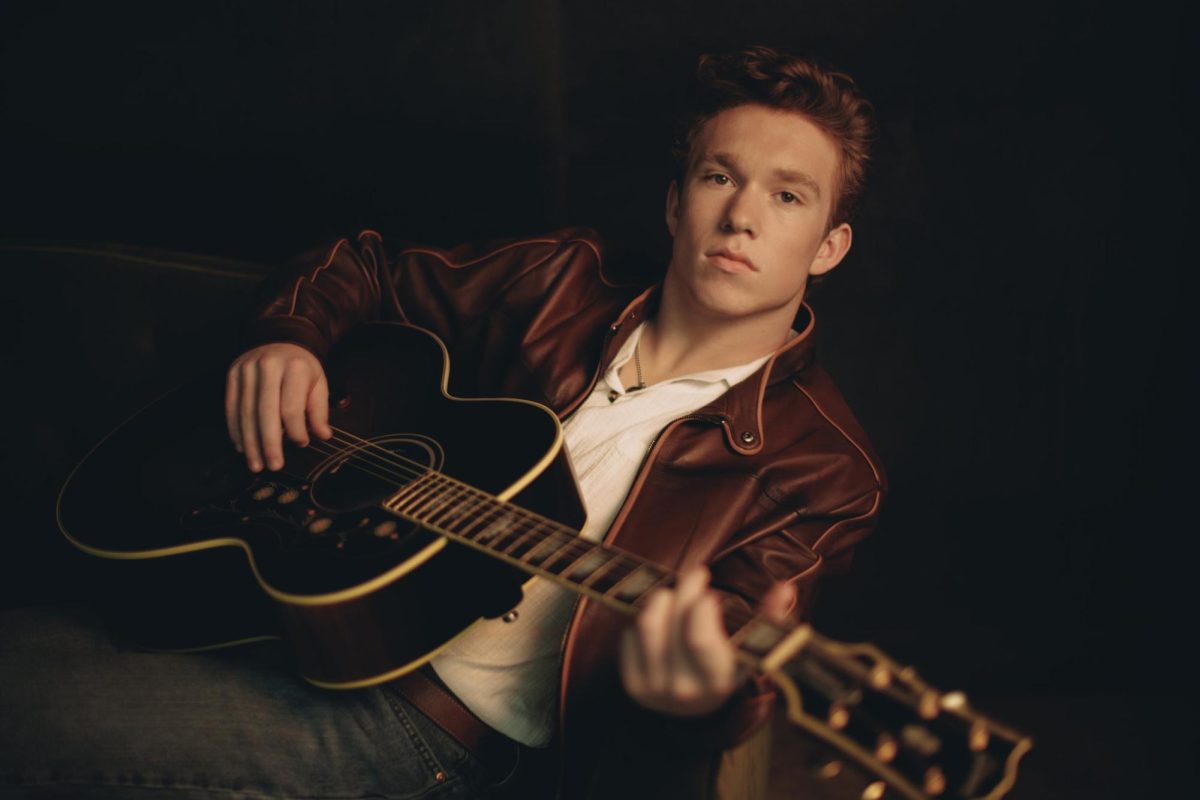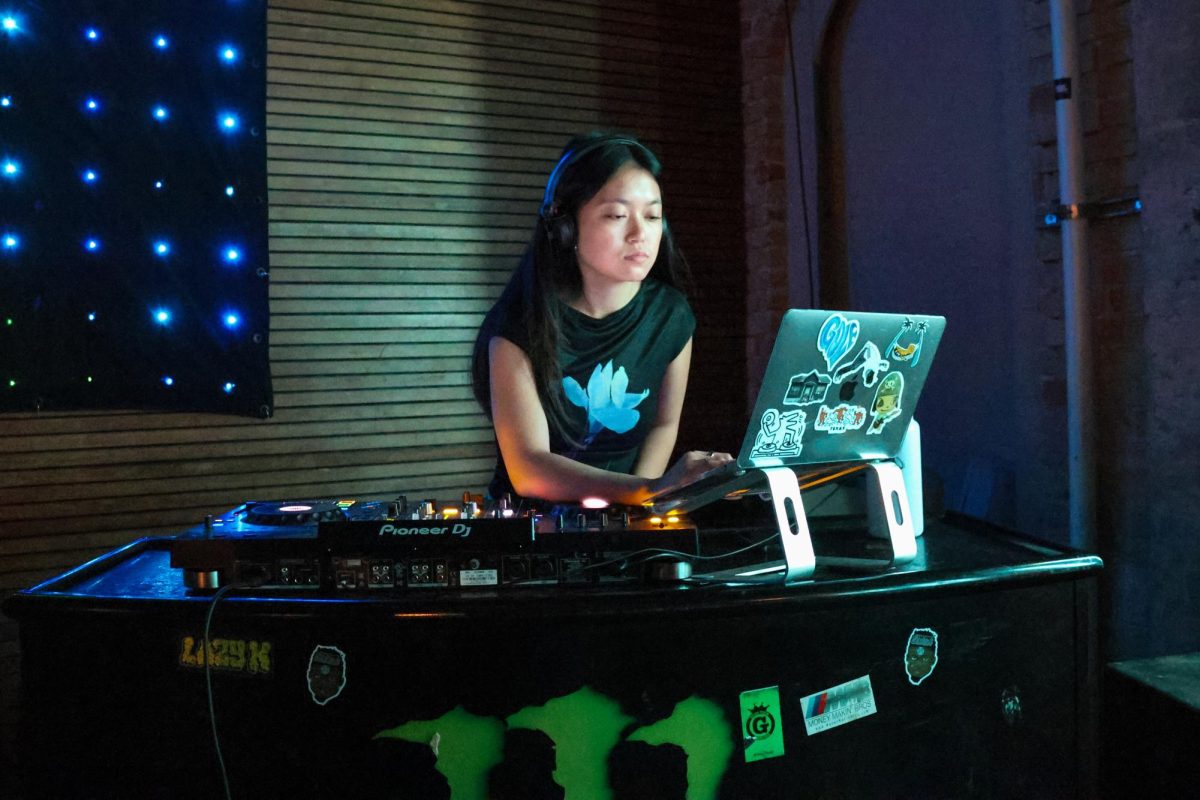Just as Dr. Frankenstein brings his infamous monster to life, the UT Wind Ensemble plans to energize the story’s movie adaptation by accompanying it with a live score.
The 1931 version of “Frankenstein” screened in theaters without any thematic music but, in 2002, composer Michael Shapiro wrote a score that plays into the film’s most frightening and dramatic moments. In honor of Halloween, UT’s Wind Ensemble will perform this score with the movie’s screening Thursday at Bass Concert Hall.
Conductor Jerry Junkin said the score adds another dimension to the film by creating tension and an “air of suspense.”
“The shared experience is what makes it interesting,” Junkin said. “Music has the ability to move people. People respond to it. Coupled with film, I think it adds a great deal to that experience. Music can tap into people’s emotions, their fears and anxieties.”
Shapiro said the black-and-white film, which stars Boris Karloff as the monster, can feel outdated, but the score’s modern music helps bring the movie into the 21st century.
When writing the piece, he said he looked for key emotional moments within the film to underscore with dramatic instrumentation. Shapiro then developed musical themes for particular characters. He said, at first, low chords represent the monster, but the music changes as his character evolves.
“It’s always tied to what’s in the movie,” Shapiro said. “What is the drama trying to say? You want to amplify that without getting in the way, to underline what the director’s intending.”
Associate professor James Buhler, who studies film soundtracks, said dissonant chords, quick and agitated notes and a composition’s key can draw fear out of the listener.
“Music conveys emotion, but it also helps us accept the fantasy of the film or the melding of our world in a different way,” Buhler said. “The music helps give that substance and helps us believe in it. It also marks it as a little bit on the magical side of things.”
Even when movie monsters such as the one in “Frankenstein” aren’t on screen, Buhler said the score can give a “mythological dimension” to the film.
“There are certain things about the sound that make it feel unsettling,” Buhler said. “In context of the suspense of the film, [music] helps us understand the scene as being dysphoric. A normal scene with creepy music tells us something might happen.”
The ensemble includes both graduate and undergraduate students who play instruments such as oboe and clarinet. Senior flautist Margaux Filet said the composition presents challenges such as staying synchronized with the on-screen action and playing around the film’s dialogue. To help make sure the music matches up for the movie’s key moments, Junkin watches the time as he conducts.
“Every time we play with the movie, it’s different just a little bit,” Filet said. “As a live performer, I try to add something. I try to improve my performance each time. I try to change the way I play certain things and see how it works in the context of the piece.”
Shapiro said the combination of the live performance with the movie’s visual element makes the “Frankenstein” program compelling because most people have never experienced anything like it before.
“There’s something about the live acoustic you can’t get no matter how good the headphones are,” Shapiro said. “Hearing the live music with the recorded film is a new art form, and just the sound is penetrative. It’s a great artistic experience.”
UT Wind Ensemble performance of “Frankenstein”
Where: Bass Concert Hall
When: Thurs. Oct. 29 at 7:30 p.m.
Admission: $10–$40

